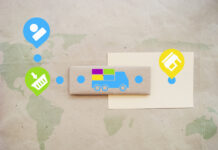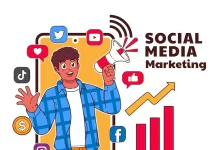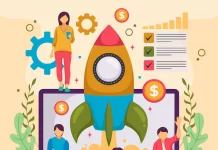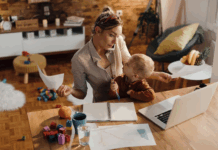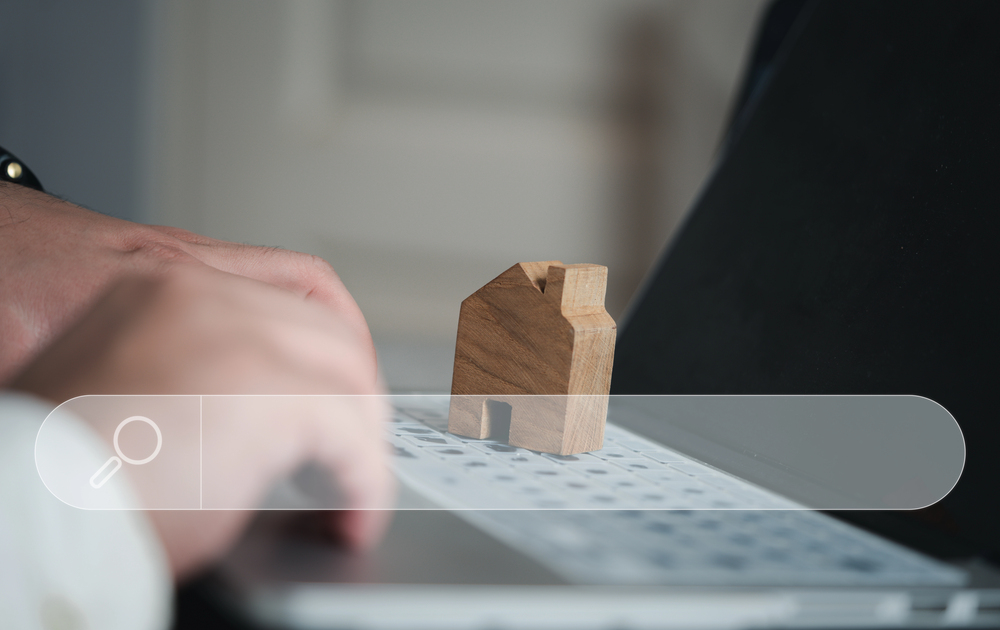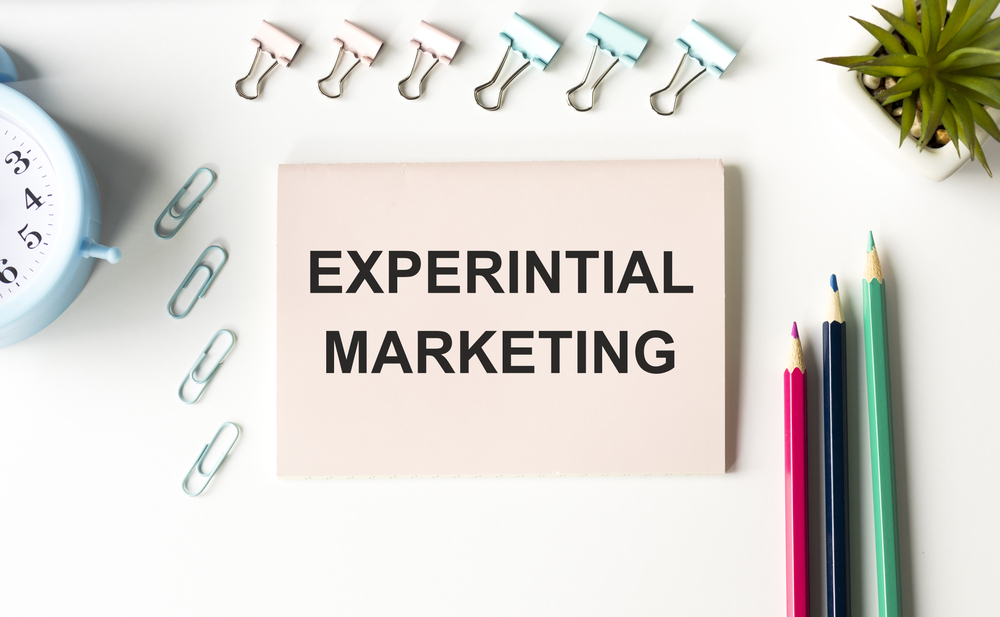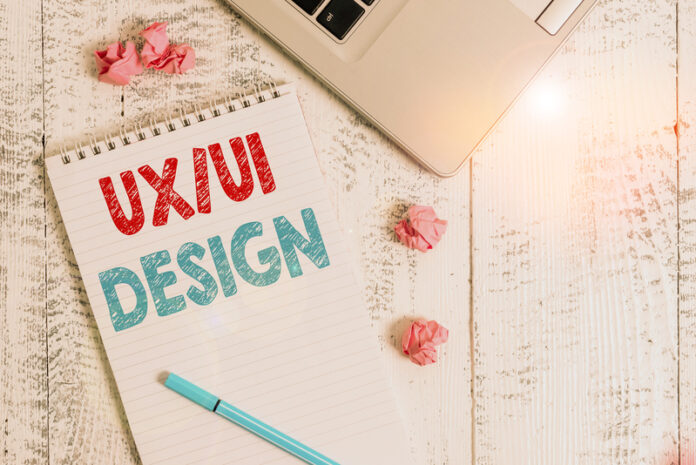
The internet is moving fast again. Every year, trends shift, users get sharper, and the same old “good enough” design starts feeling… off. What felt intuitive in 2023 already looks slightly outdated. As we approach 2026, web design best practices in UX design become less about decorating interfaces and more about anticipating how people actually move through digital spaces.
When you look closely, great web design isn’t about pixels anymore. It’s about the invisible rhythm between screens, the way a button feels, how motion reassures a user, how the next step is always waiting before they even think about it. Designers who get this are studying real products, not theory. Many of them explore resources like website layout best practices, where you can watch how the world’s best digital products guide users through every click, swipe, and hesitation.
1. Design for Decision Calm
People are tired of thinking so hard online. Every new popup, animation, or color choice adds tiny mental friction. In 2026, the best websites will feel like they breathe. Simpler structures, fewer competing elements, and more emotional space.
Good UX means your brain doesn’t feel busy while using a site. Airbnb’s booking flow, for example, feels relaxed even though it’s packed with options.
2. Predict Behavior Before It Happens
The future of UX design lies in anticipation. Not personalization in the creepy sense, but anticipation in the human sense, knowing what people are likely to need next and quietly placing it within reach.
It’s the art of offering the right action at the right moment. A clear call to book a demo right after a product explainer. A summary button after a complex form. This level of “invisible help” builds trust. Think of Spotify’s flow when discovering new playlists – every next click feels expected..
3. Make Accessibility Feel Natural
Accessibility used to be an afterthought. Now, it’s becoming the invisible standard. The best designers aren’t adding accessibility, they’re starting with it.
Readable contrast, logical tab flow, and text that adapts gracefully to different screens aren’t features. They’re table stakes. When a user with any ability level moves through your product without noticing barriers, that’s true UX maturity. The BBC’s website redesign made accessibility look effortless.
4. Embrace Micro-Motions Over Mega-Animations
Subtlety will rule 2026. Instead of flashy entrance effects, expect to see micro-animations that respond to touch, scroll, and hover. These small reactions help users feel connected and confirm, reassure, and sometimes even delight.
The goal isn’t to impress. It’s to communicate. The best motion design feels like eye contact: brief, natural, and human. Look at Duolingo’s feedback animations which make every action feel acknowledged.
5. Treat Empty States Like Real Pages
Most designers obsess over full screens – dashboards, feeds, checkout flows. But the quietest moments of UX often happen in emptiness: no results found, nothing saved yet, a blank search field.
2026 design thinking gives those moments purpose. They can teach, comfort, or gently guide a user forward. They say: “You’re still in the right place.” It’s an opportunity for empathy, not filler. Dropbox’s onboarding flow turns empty space into invitation.
6. Use Contrast, Not Color, to Communicate
Color trends will fade, contrast will not. The human brain registers clarity faster than beauty. The best designers use contrast to shape visual hierarchy, rather than relying on a palette that may age out within months.
Black-and-white minimalism isn’t about style anymore; it’s about endurance. You can see this in Notion’s flow monochrome, but full of structure and rhythm.
7. Create Trust Through Familiarity
Newness grabs attention, but familiarity earns trust. In 2026, web design best practices will see many digital products rediscovering classic UX patterns — not because they’re old, but because they work.
Consistency across steps, recognizable icons, and predictable feedback loops make people feel safe. Design is emotional architecture: the more predictable the structure, the more freedom users feel inside it. Apple’s checkout flow is a masterclass in this kind of gentle predictability.
Where UX Is Quietly Heading
If the early 2020s were about visual trends (glassmorphism, brutalism, minimalism) then 2026 is about something subtler: user emotion. The best design won’t call attention to itself. It will adapt, soften, and disappear into behavior.
And maybe that’s the new aesthetic – calm confidence. The kind that doesn’t ask for likes but earns loyalty. Designers who understand this are studying real user journeys, not static screens. They watch, rewind, and learn from living products.
That’s why more creators now spend time on PageFlows: watching, pausing, taking notes on what truly works. Because the next wave of UX innovation might not come from a new tool or framework, but from seeing how someone else solved the same problem, one flow at a time.
Find a Home-Based Business to Start-Up >>> Hundreds of Business Listings.




